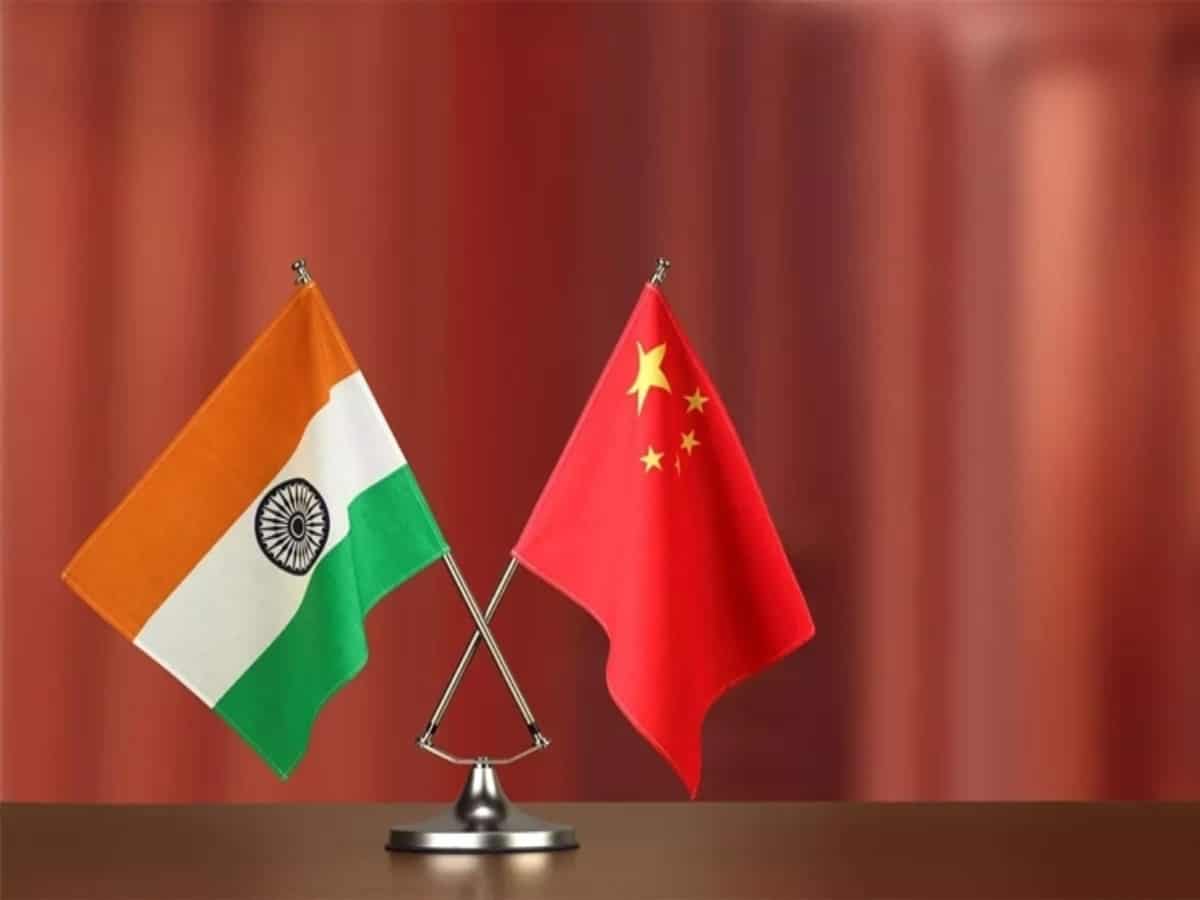
Prime Minister Narendra Modi has concluded a highly successful visit to the United States, and he came home with a new level of strategic partnership with the country. This State visit of Modi to the US, during which he was hosted by President Joe Biden and he addressed a joint session of the Congress for a second time during his nine years as Prime Minister of the country, will go down in history as epoch-making moment.
This success has vindicated Modi’s great understanding of international relations which are currently in turmoil due to the Russian invasion of Ukraine, continuing for the last 16 months, and there are no signs of its coming to an end anytime soon. The world is also entering, rather it has entered Cold War 11 era with the United States and China patronizing their respective blocks. This is a quite disturbing situation for the world.
For India and the US, China is a major concern. China’s actions in the South and East China Seas and pursuit of expansionist tendencies of which India, too, is a victim.
China has deployed more than 60,000 troops at the Himalayan heights dangerously close to the Line of Actual Control – LAC- and India has mobilized an equal number of troops and matching war machinery in Ladakh to check further movement of the Chinese troops. It’s a tense standoff, continuing for the fourth year running. The Indian approach to resolve the issue, escalation of which could lead to worse consequences than experienced in June 2020 when during a clash at Himalayan feature Galwan Valley, 20 Indian soldiers lost their lives as compared to four Chinese troops, through dialogue and diplomacy have not succeeded beyond a point. China is refusing to disengage from two major friction points in eastern Ladakh- Pangong Tso( lake) and Demchok. The Chinese are also insisting that India stop its patrolling in some of the contested areas, which were earlier within the sovereign control of India. That has complicated the situation, and it is not possible for India to extricate from this highly complex situation. It is a strategic straightjacket.
India is buying sophisticated technology and weaponry from the United States. It is serving two purposes – India would be less reliant on Russia which has been its traditional arms supplier, and also sending a message to China that India, too, can equal its status with its ever-growing strength in armoury. Yes, indeed, that is the consideration, but the geopolitical reality has imposed its own limitations.
China must have been watching these growing ties between the US and India through its own prism. It is a fact that China doesn’t view these ties as natural between the two largest democracies in the world, or as something normal for the two countries to engage bilaterally. It has its own concerns vis-à-vis the United States. Despite US Secretary of State Anthony Blinken having made an attempt to reopen channels of communication, during his two-day visit on June 18-19, the ties are far from being normal. The US is unhappy that China has refused to set up military-to-military level communication to avoid any disaster due to misunderstanding or miscalculation. The relationship between the US and China is poised delicately, and there are few chances of it improving anytime soon.
China is also apprehensive of India- the US coming closer to each other, as it gives rise to its doubts that the US is using India to challenge Chinese hegemony in the region. India was chosen by China as a target in April-May 2020 to show its military might and geopolitical superiority. And through its positioning of troops at the LAC, it also conveyed to the US that it can take any coercive action, no matter what the US might say or do.
The issue is whether all the Indo- American harmony can help ease the Indo-China standoff. The world has little appetite to see two Asian giants with each other, the consequences of which the world knows could be catastrophic. Both China and India are nuclear powers. This status is holding them back from taking any adventurous action on the borders, but that is serving China well in advancing its hegemonistic agenda.
This is the time to see the alternative strategy-making exercises. US-India friendship is good, but India will have to devise its own strategies to resolve its issue with its neighbours, and particularly with regard to China.
